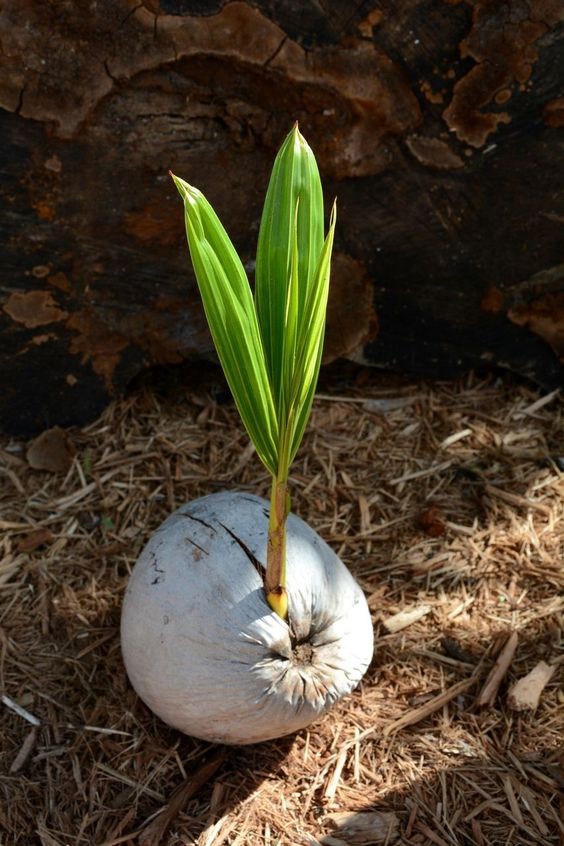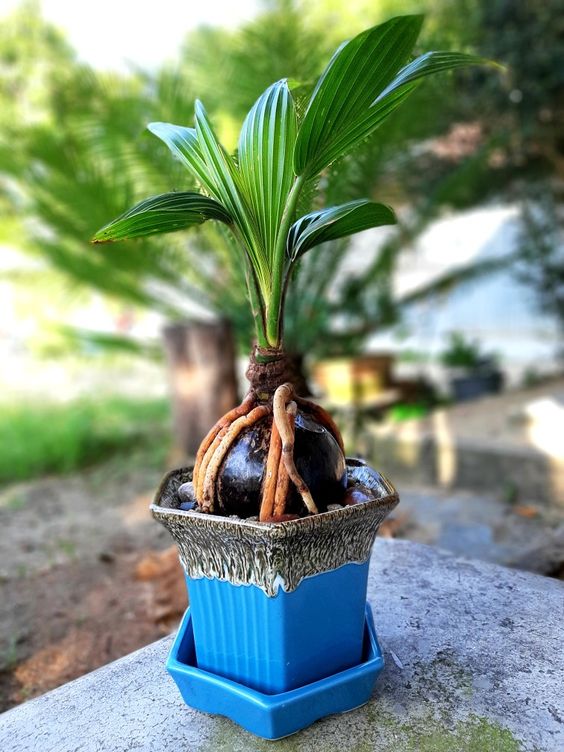In the vast tapestry of nature, the journey of a seedling transcending adversity to become a towering tree is a testament to the incredible resilience inherent in the plant kingdom. Whether facing arid landscapes, nutrient-poor soils, or harsh climates, plants have evolved remarkable mechanisms to adapt, survive, and ultimately flourish against all odds.
One of the most captivating aspects of plant life is their ability to germinate and push through the soil, seeking sunlight even in the harshest environments. In desolate deserts, where water is scarce and temperatures are extreme, some plants have developed extensive root systems to tap into hidden water sources deep below the surface. These tenacious roots serve as a lifeline, allowing the plant to withstand prolonged periods of drought.

In nutrient-deprived soils, plants showcase their adaptability by forming symbiotic relationships with fungi. Through a fascinating process known as mycorrhizal association, plants and fungi engage in a mutually beneficial exchange of nutrients. The fungi assist the plant in absorbing essential minerals from the soil, while the plant provides the fungi with sugars produced through photosynthesis. This intricate partnership enables plants to thrive in environments that would otherwise be inhospitable.

Extreme climates, such as those found in high-altitude mountain ranges, pose yet another set of challenges for plant life. Here, where oxygen levels are lower and temperatures fluctuate dramatically, certain plants have evolved unique adaptations. Some species have developed specialized enzymes that enhance their ability to photosynthesize in low-oxygen conditions, ensuring their survival in these high-altitude habitats.

Furthermore, wildfires, a natural occurrence in many ecosystems, serve as both a destructive force and a catalyst for renewal. Some plants have evolved mechanisms to not only survive but also capitalize on the aftermath of a fire. Serotinous cones, for example, are a common adaptation in certain coniferous trees. These cones remain closed and attached to the tree until exposed to the intense heat of a fire, at which point they open, releasing seeds onto the freshly cleared ground, ready to take advantage of the nutrient-rich soil.

The story of plants overcoming adversity is not only a tale of survival but also one of continuous innovation. Through millennia of evolution, plants have developed an array of strategies to navigate and conquer challenging environments. Their ability to adapt, form symbiotic relationships, and even harness the destructive power of natural events showcases the resilience and ingenuity of the botanical world.

As we observe the growth of a seedling into a majestic tree against the backdrop of adversity, we are reminded of the indomitable spirit of life and the awe-inspiring beauty of nature’s intricate designs. In the face of challenges, plants stand as silent but powerful symbols of endurance, teaching us valuable lessons about adaptation, perseverance, and the limitless potential for growth, even in the most unforgiving conditions.









